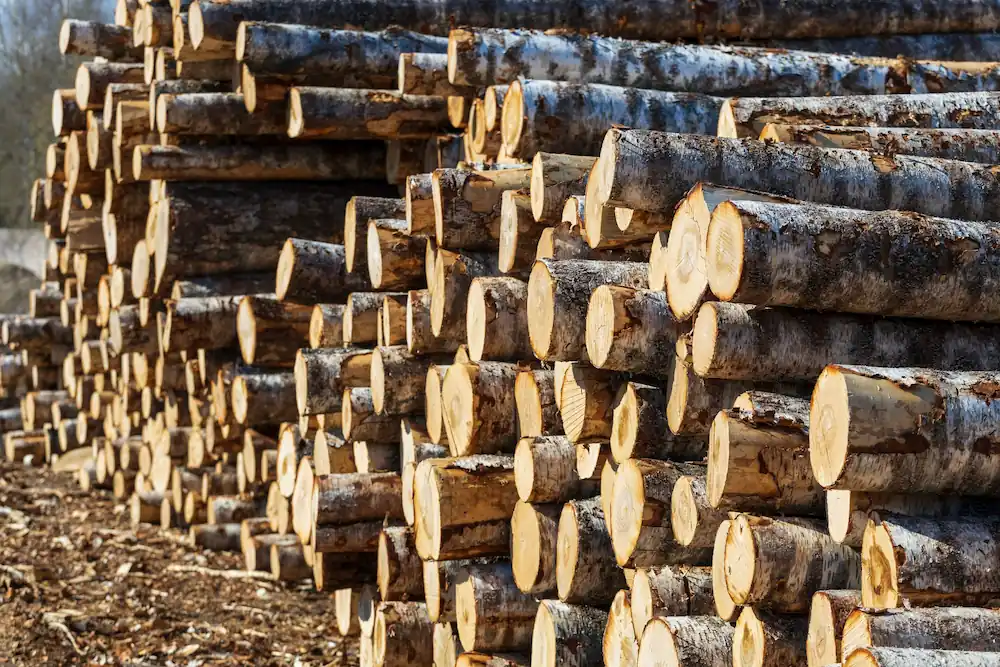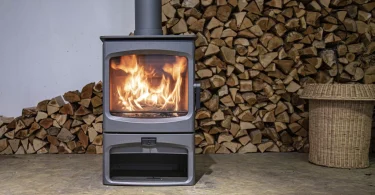Wood fuels of fuelwood are essentially biofuels that are derived from biomass and are a renewable source of energy. They are available in different forms such as firewood, sawdust, charcoal, pellets, chips, and sheets. The actual wood fuel used is based on factors like application, quality, quantity, and source. In most cases, firewood is the most preferred source of wood fuel.
The major advantage of wood fuel is that it is climate- and environment-friendly leaving very little carbon imprint on the environment if it is used efficiently and sustainably.
Factors Affecting Firewood Efficiency
If you have chosen firewood as your wood fuel, then you must keep in mind that there are three key factors that determine its efficiency. These three factors are listed below.
- Wood Type – Wood is broadly classified into hardwood and softwood. Each type has its own burn characteristics and energy density. Hardwoods are capable of burning longer and producing more heat than softwoods such as spruce or pine. Common examples of hardwood include oak, ash, and beech.
- Density and Size – The density and size of the firewood have a major role in determining the burn efficiency of the wood fuel. Whole large logs take more time to ignite and burn more efficiently when compared to split or small wood pieces.
- Moisture Content – The moisture content in the wood fuel plays an important role in determining its burn efficiency. Kiln-dried wood burns cleaner and hotter as against green or wet wood that burns less efficiently.
While it may seem challenging, achieving maximum heat output with minimum waste is not as daunting as it sounds.
Tips to Increase Wood Fuel Efficiency
There are many simple ways you can accomplish this. You do not have to implement all the tips suggested here although you can adopt more than one of them at a time.
- Use kiln-dried firewood as the wood fuel. This wood has less moisture content and offers high burning efficiency. As a result, the ignition is faster while the burn is more consistent, cleaner, and hotter. The smoke produced is less and has very little residues.
- Opt for high-efficiency appliances with EPA certification as they deliver efficient and clean combustion. They help to generate heat from each firewood log and complete the burning of wood with reduced emissions.
- Burn sources of hardwood instead of softwood as hardwood generates more heat. They burn evenly and slowly and have high energy densities resulting in uniform warmth while the burning takes place.
- Storing the firewood properly is very important to maximize the heat output. With proper storage, the heat retention of the wood fuel can be increased and dryness can be retained. Use a well-ventilated and dry area such as a covered porch or a woodshed to store the wood fuel without moisture accumulation. Keep the logs on a raised surface using bricks or pallets so that there is no direct contact with moisture. A high surface will help to guarantee optimal dryness which is important for burning effectively.
- Keep a heat reflector behind the fireplace or wood stove when you get the fire started. These reflectors are designed to help with heat radiation and thereby enhance the overall heating system efficiency.
- Using a stove fan for uniform distribution of the generated heat and effective circulation of warm air. A stove fan does not need electricity for its operation and works using the heat from the stove.
- Use a stovepipe thermometer to make sure that there is no over-firing of the stove. Over-firing results in the wood burning through very fast and most of the energy is lost on the stovepipe. A stovepipe thermometer helps you know when the stove is under-fired and has a very cool burn rate. In such cases, harmful creosote and tar start accumulating in the stovepipe.
- Ensure that there is proper airflow for combustion to occur efficiently. For this, the fireplace or stove vents must be cleaned at regular intervals. A periodic check must also be done to ensure that there are no obstructions in front of the vents. The air dampeners should be adjusted from time to time as required so that the temperature and burn rate are regulated.
- Focus on the zone heating approach so that the heat from the fireplace or woodstove gets directed to the rooms that are used more often rather than trying to get the whole house heated.
- If you are buying wood fuel from a store, be sure to check the cover for the amount of moisture content. Ideally, the moisture content in the fuelwood must not exceed 20%. This will not only help in achieving maximum efficiency but also prevent the generation of damaging and dangerous tar-like material.
- Get the fire started with a slight kindling by using an eco-firelighter. As the fire starts growing, add large wood pieces slowly so that a hot fire gets built quickly. Avoid adding the pieces rapidly as doing so tends to prevent the airflow. When a hot fire is produced quickly, the temperature of the fireplace increases. As a result, heat output gets maximized while waste like emissions and smoke are minimized.
- Make sure that rust does not build up on the woodstove. This is more likely to happen in the summer months when the weather is warm and the woodstove is not used often. When the use is limited, condensation tends to build up inside the stove paving the way for rust. To avoid this, keep the door of the stove open slightly when it is not being used.
- Do regular maintenance on the stove. This involves carrying out simple tasks such as lubricating the hinges, brushing the inside, and getting rid of the ash regularly. It is also recommended to clean the chimney annually.
- Avoid throwing waste like plastic onto the stove to aggravate the fire and maximize the heat output. This can do more harm than good because they emit poisonous gases and result in damaging the flue liner. Milder waste like potato peels should also not be added to the fire along with the wood fuel as they can produce tar-like stuff and lower the efficiency.
This article gives an insight into some simple ways of increasing wood efficiency. They can help you get the maximum heat output from your wood fuel while cutting down on waste at the same time.



